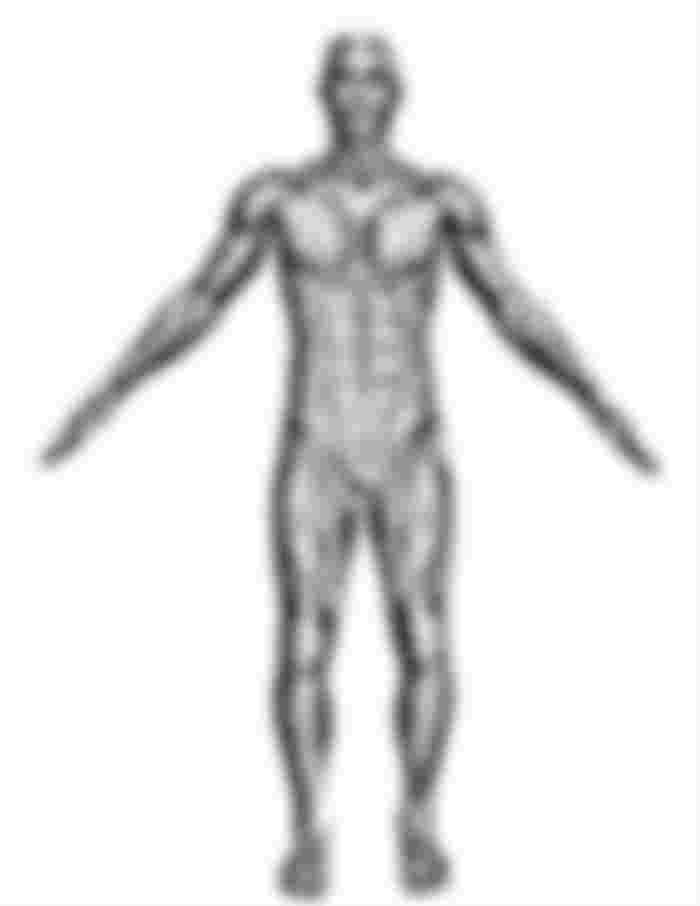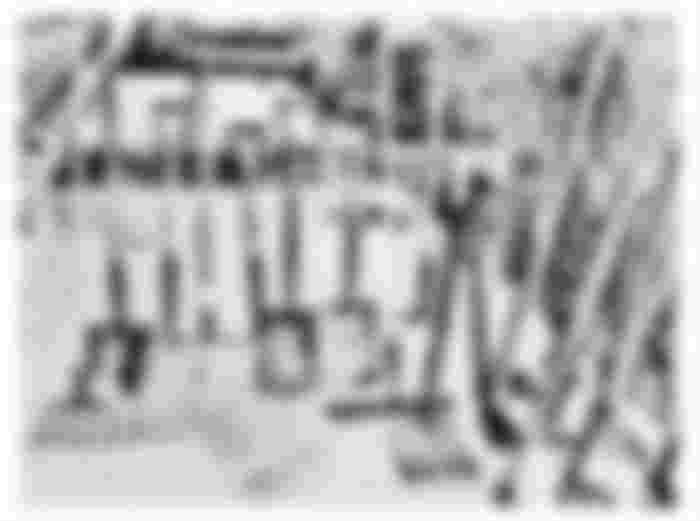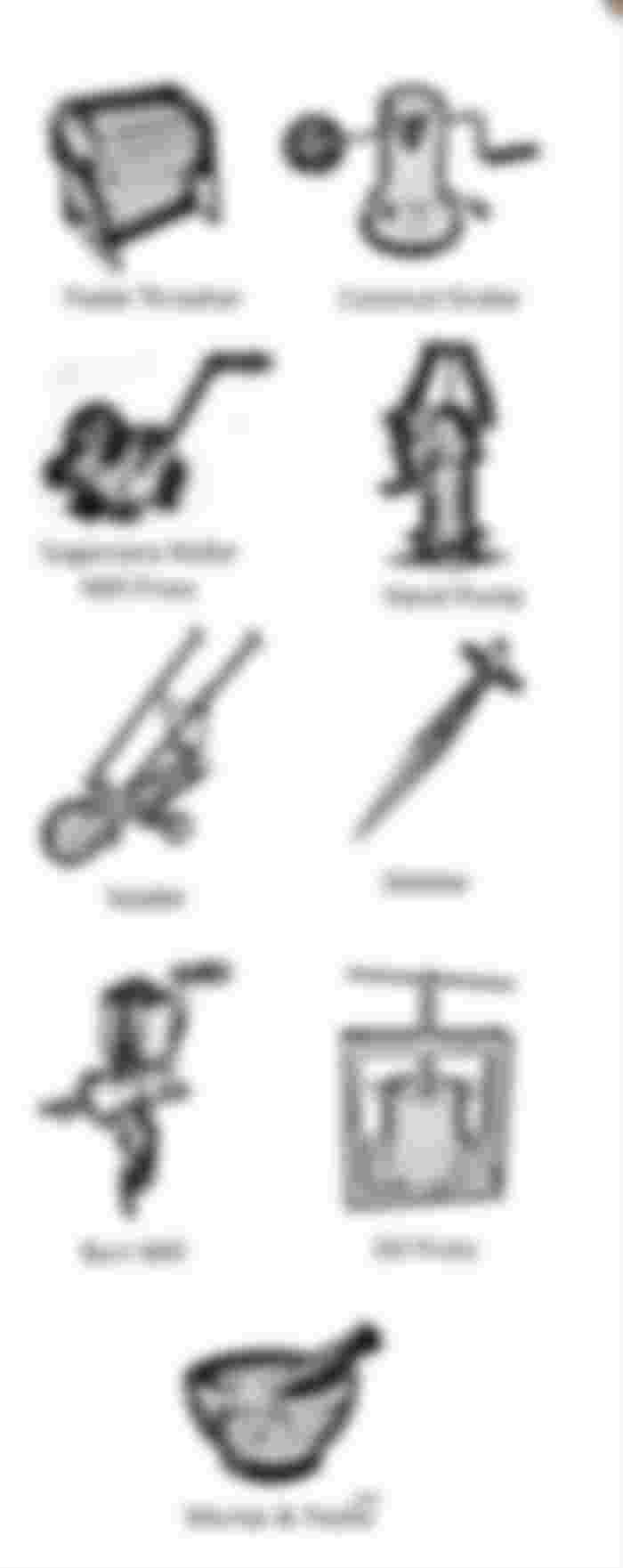Human Power
Human power has been utilized as source of power since time immemorial.
Before the mechanization, human power is utilized in various farm works such as land preparation, seeding and planting, harvesting, and other processing operations.
At present, human power is utilized in several regions where labor is sufficient and mechanization is not fully emphasized.
By definition, human power is the work or energy produced from the human body. It is the rate of work done by human per unit time. It comes primarily from human muscles.
Power Output and Energy Requirement
Human can develop a total power of 0.5 hp from the food he eats. Of this total power, 0.1 hp is available for useful work and the remaining is used for body functions.
A man can generate 15% more power when he is younger at 20 years of age, and 20% less when he gets older at 60 years of age.
Man muscles can provide an overload power of approximately 0.6 hp-min.
Man can generate about 0.27 to 0.53 hp useful power by pedaling.
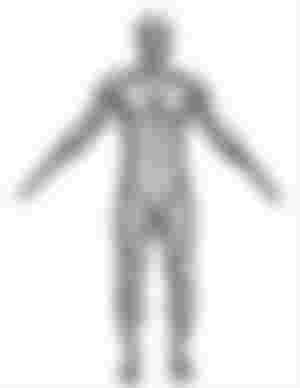
Energy requirement of human is 2000 cal per day.
Conversion efficiency is 25%.
Working efficiency is high under normal atmospheric condition but decreases under hot and humid climate.
Advantages and Disadvantages
Intelligence
Decision making
Manual dexterity
Low power available
Can not compete with animals
Not comparable with engine as a source of power
Not suitable as power source for repetitive tasks
Utilization of Human Power in Agriculture
Plowing and harrowing using draft animals
Operating agricultural machines,
such as tractors and self-propelled
machines
Seeding and planting operations
Spraying and weeding tasks
Harvesting using sickles
Cleaning of grains
Operating threshers and shellers
Sundrying of Crops
Handling of crops
Operating rice mills and other
processing equipment inside the
plant
Operating pumps, irrigation
equipment and structures
Feeding farm animals
Manual pressing of oil
Grinding corn
Pressing sugar cane to produce juice
Pumping water for domestic water
supply and for crop irrigation
Milling rice using mortar and pestle
Pedal threshing
Human-Powered Tools and Machines
Machine - is a device or a mechanical contrivance consisting of two or more relatively constrained components which is energized by a power source to transmit and/or modify force and motion to accomplish some desired work.
Tool - is a human-powered instrument or implement usually without parts that move relative to one another like hoe, dibbler, etc. It is used to facilitate mechanical manual operation.
Classifications of Tools and Manually- Operated Machines
Hand Tools for Land Preparation – These include hoe which is commonly used for primary and secondary tillage during land preparation; machete/spade, etc. for land clearing and other crop production operations.
Manual Planting Tools and Machines – These include hoes for ridging, bedding, manual planter like dibblers, jab planter, seed drill, and others.
Manual Weeding Tools and Machines - These include hoes, rotary hoes and wheeled-cultivators, slashers, etc.
Manual Harvesting Tools and Machines – These include hoes, diggers and lifters, sickles, scythes, and harvesting hooks.

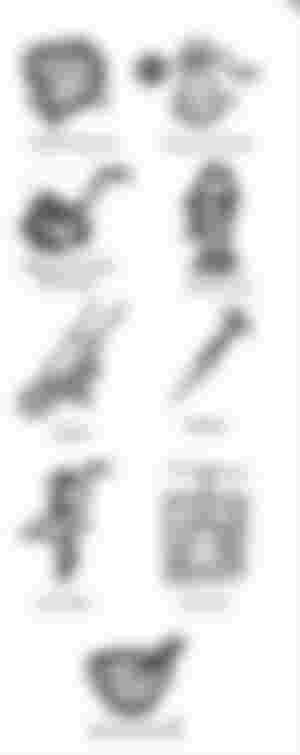
References
Campbell, J. K. 1990. Dibble Sticks, Donkey, and Diesels. Machines in Crop Production. The International Rice Research Institute, Los Banos, Laguna. 329pp.
CIGR. Plant Production Engineering. Volume III. CIGR Handbook of Agricultural Engineering. American
Society of Agricultural Engineer. USA. pp. 1-22. FAO. Human Energy Requirements.
Report of a Joint FAO/WHO/UNU Expert Consultation. Rome, Italy. October 17-24 2001. 96pp.
Human Power. http://en.wikipedia.org/wiki/Human_power
Johnson, L. Power Requirements in Rice production. The International Rice Research Institute, Los Banos, Laguna. 29pp.
Stout, B.A.(ed). Plant Production Engineering. CGIR Handbook of Agricultural Engineering. Volume III. ASAE.
Note: This Blogspot is for educational research purposes!
